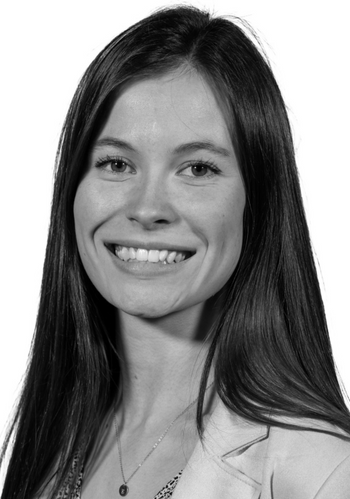CU Boulder’s police to cease reference to race, 'perceived gender' of unidentified suspects, to be 'inclusive'
The training instructs officers on microaggressions, wording intent versus impact, and the importance of feedback.
The Center for African and African American Studies and the College of Arts and Sciences Office for Justice, Equity, and Inclusion collaborated with the CU Boulder police department.
The University of Colorado Boulder (CU Boulder) police department announced on July 12 it is expanding its diversity, equity, and inclusion training (DEI), which will include “inclusive, accurate language to describe suspects.”
“Alerts language revisions are expected to include more accurate, inclusive language around suspect descriptions pertaining to race and ethnicity,” Patricia Gonsalez, director of CU Boulder’s College of Arts and Sciences Office for Justice, Equity, Diversity and Inclusion (JEDI), told CU Boulder Today. “Only behaviors are considered suspicious –– and not race, ethnicity or perceived gender or religious affiliations.”
CU Boulder’s Center for African and African American Studies (CAAAS) and JEDI collaborated to implement language changes to be used in the police department’s future emergency communications, according to CU Boulder Today.
Campus Reform contacted Gonsalez to inquire if the language changes could lead to a less accurate description of the suspect. Campus Reform also asked for examples of common “non-inclusive” language that is frequently used by cops and what should be said instead. She was given 24 hours, but no response was received.
Campus Reform also asked Reiland Rabaka, the CAAAS director and professor of African, African American and Caribbean Studies, the same questions. Campus Reform gave him 24 hours to respond, but no response was received.
[RELATED: UMN prof opposes school hiring police ‘in the city of George Floyd Uprising’]
Olivia Doak, a Daily Camera reporter who covers stories about CU Boulder, explained the training in further detail. “Police officers must be specific about the identity of the suspect if it’s known rather than identifying them as having dark skin.”
“If no identity is known, then the training instructs officers not to make assumptions and to focus on other identifying traits, such as type of car driven or color and type of clothing,” Doak wrote in the Daily Camera.
Rabaka told CU Boulder Today he has had many conversations with CU Boulder Police about “a number of important issues impacting various Black, Indigenous and other people of color on the CU Boulder campus.”
“We both [Rabaka and CUPD Cheif Doreen Jokerst] believe CUPD has a pivotal role to play, not simply in keeping CU safe and secure, but in helping diverse and often excluded campus community members feel seen and heard and, most of all, welcomed and wanted at CU,” Rabaka told CU Boulter Today.
Campus Reform contacted the CUPD, but no response was received after 24 hours.
[RELATED: UMN prof opposes school hiring police ‘in the city of George Floyd Uprising’]
Maris Herold, Police Chief of Boulder, told Campus Reform that crime in Boulder is stable, and mostly consists of property crime. “Violent crime is a relatively rare event but has seen small increases this year,” Chief Herold told Campus Reform.
Campus Reform contacted CU Boulder’s Media Relations Department. This article will be updated accordingly.
Follow Emily Fowler on Twitter.

